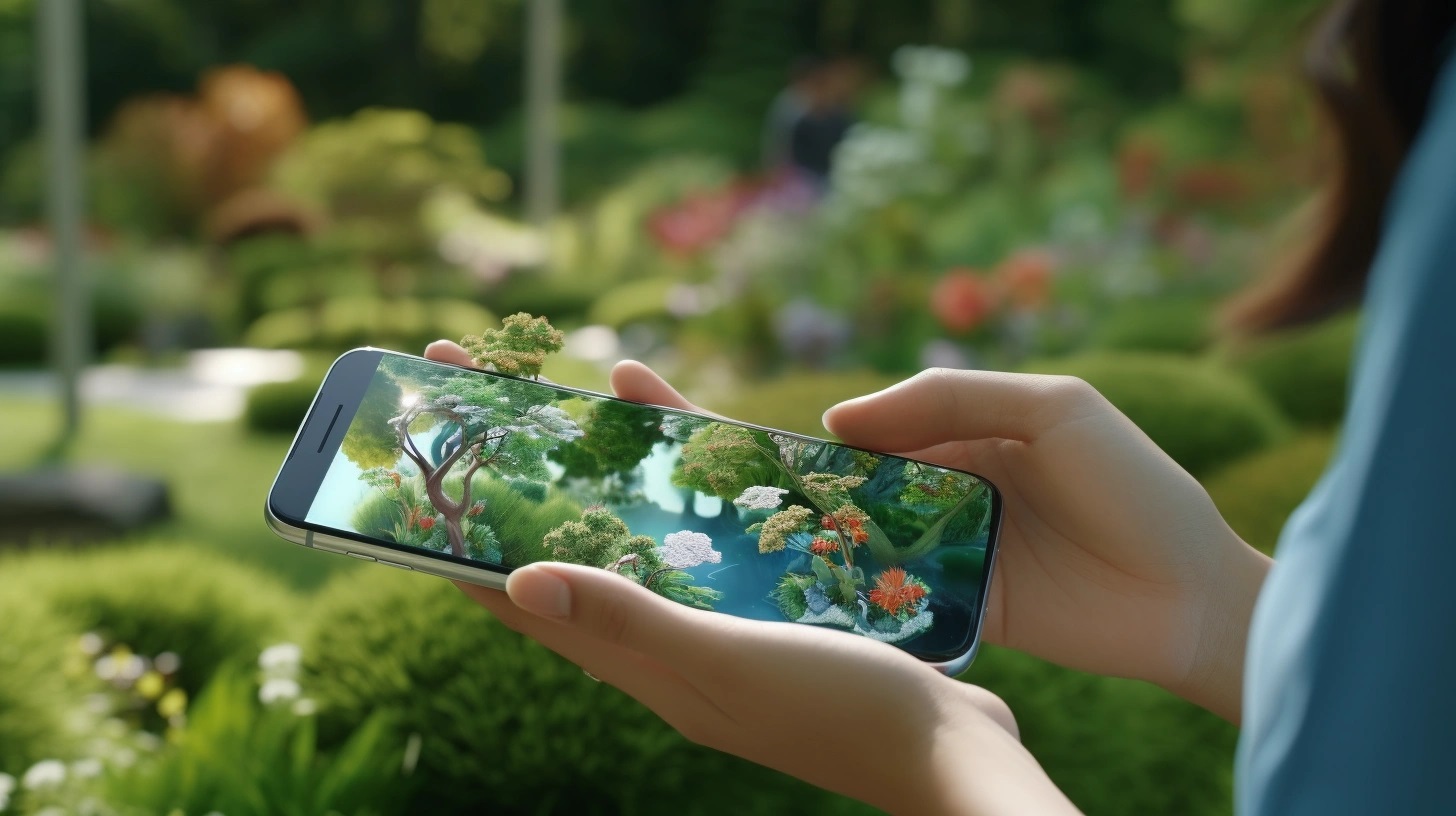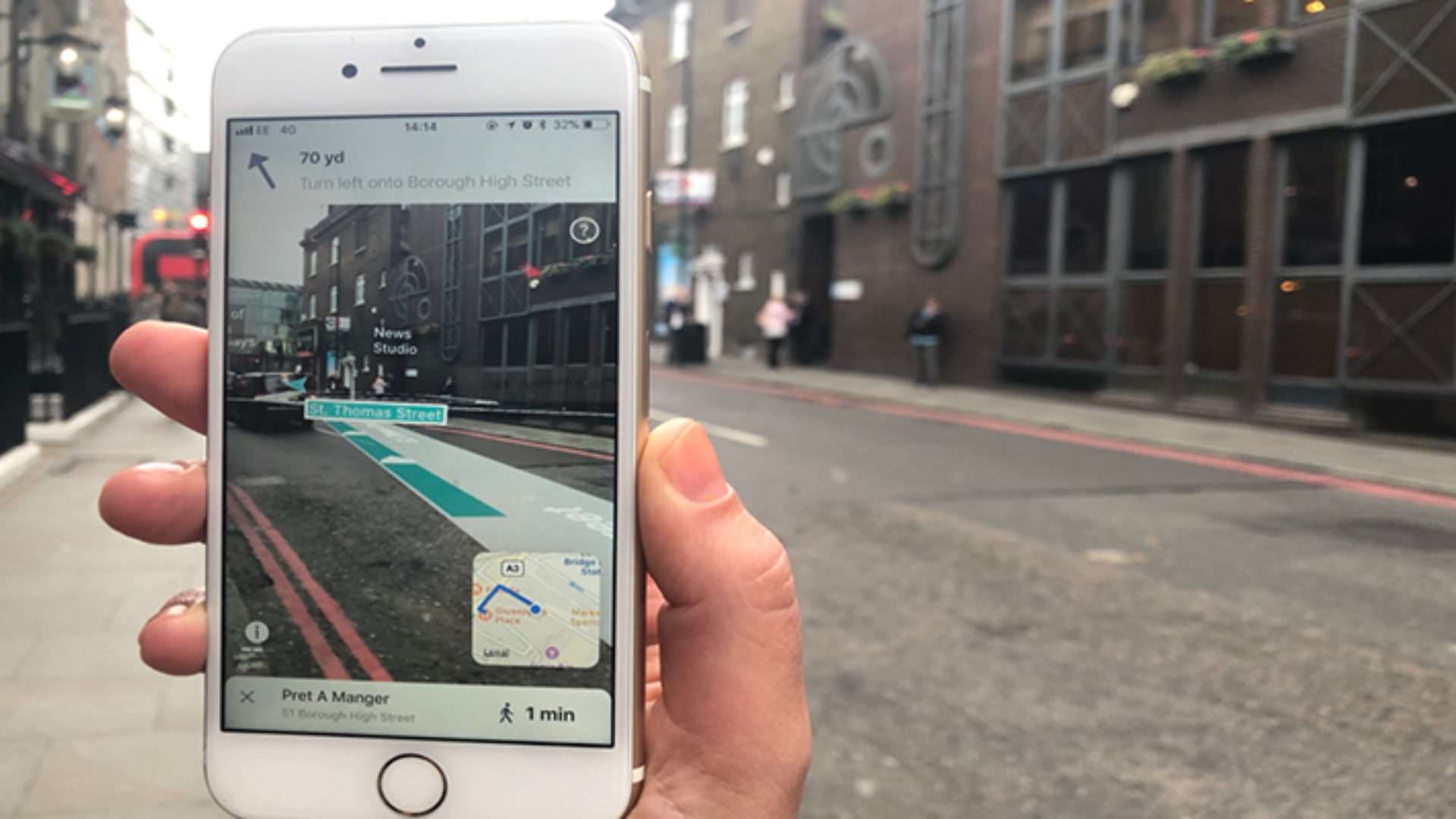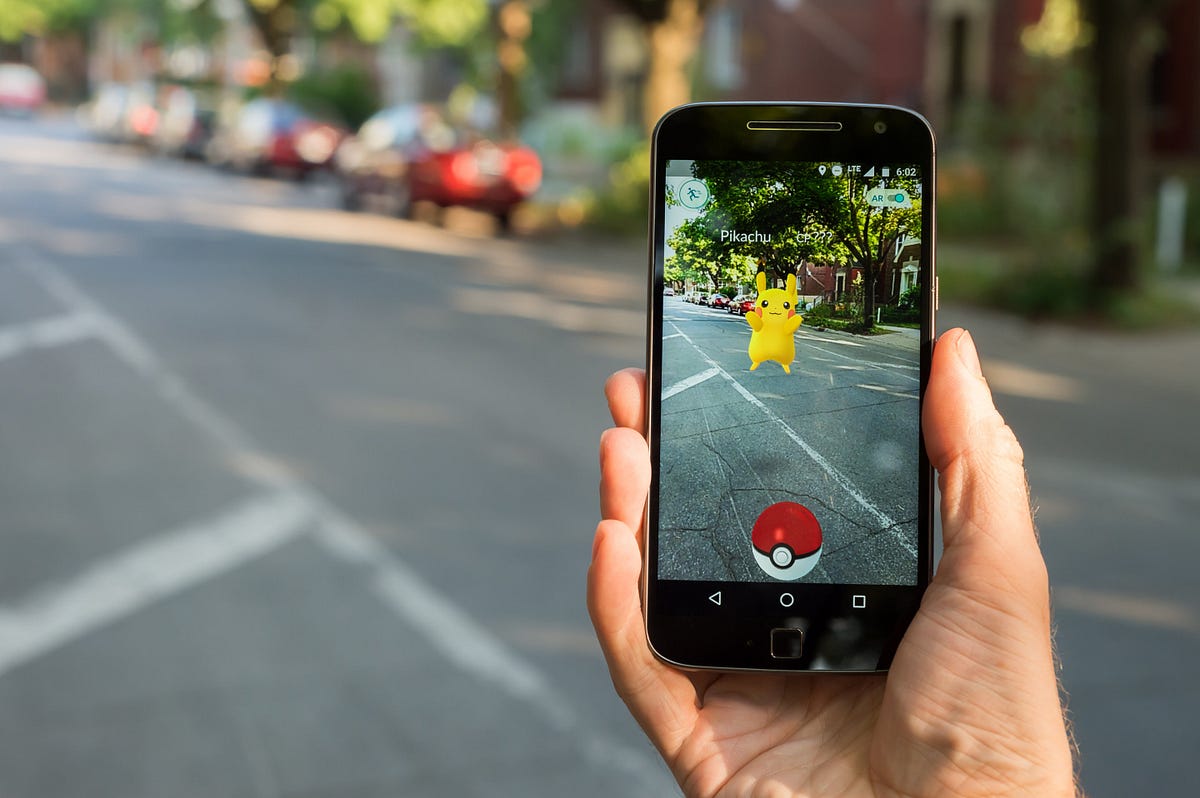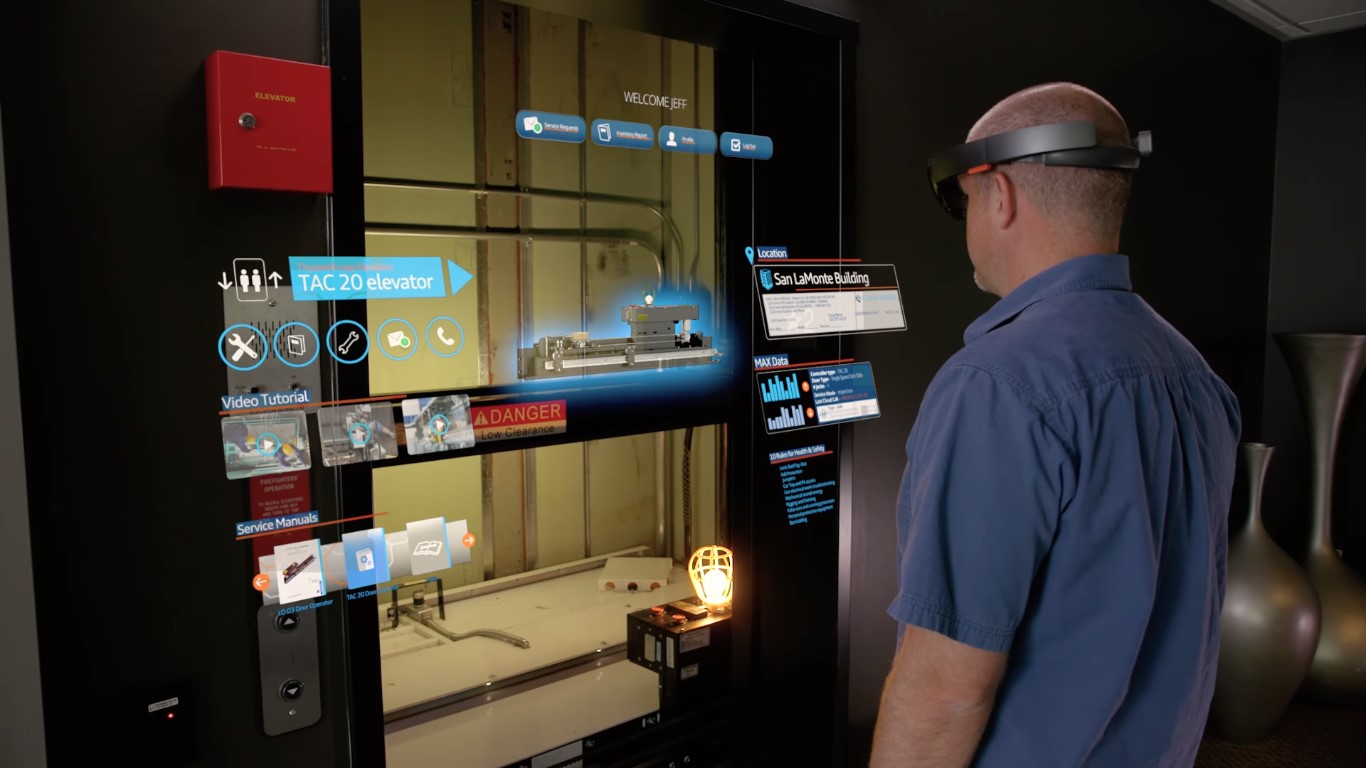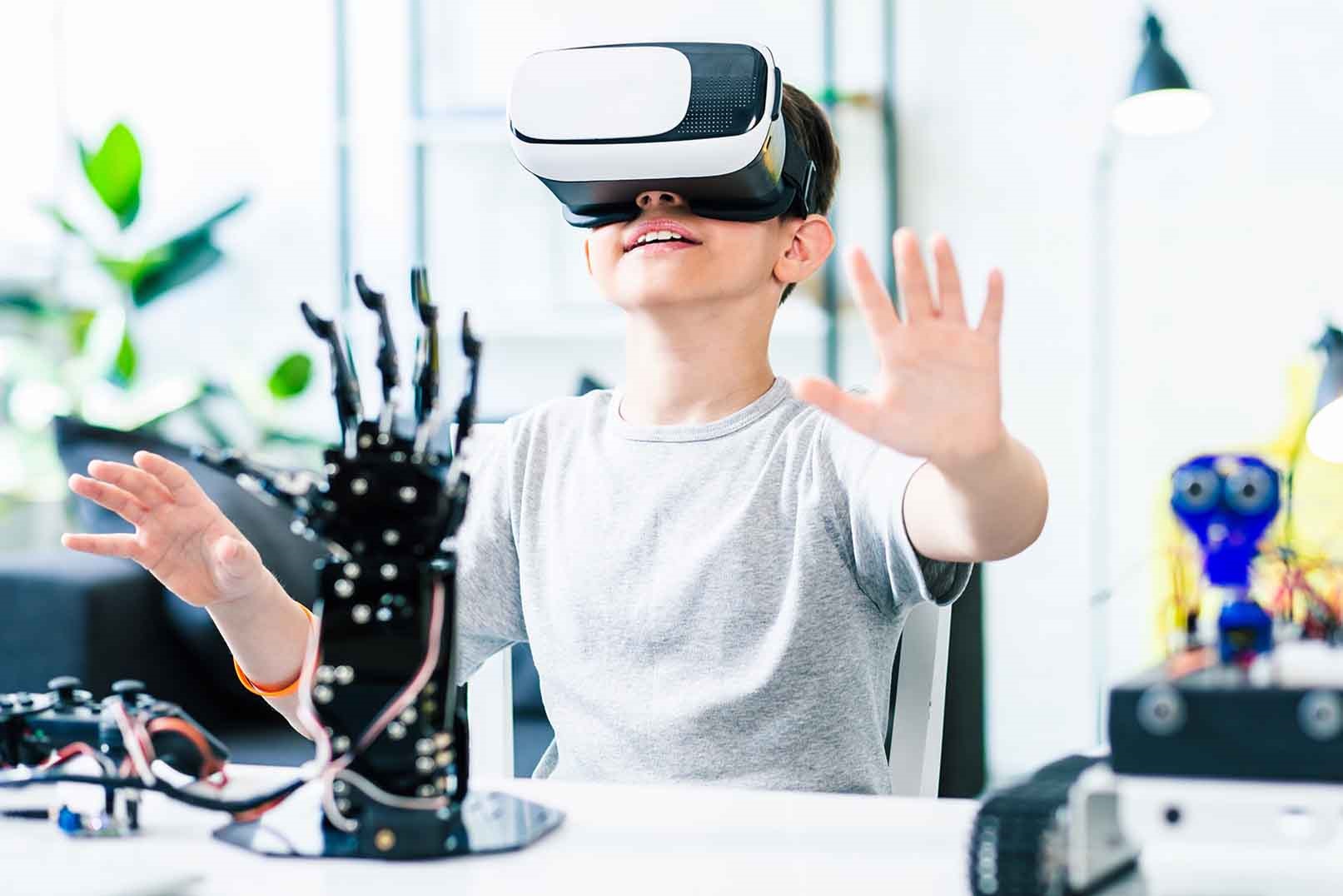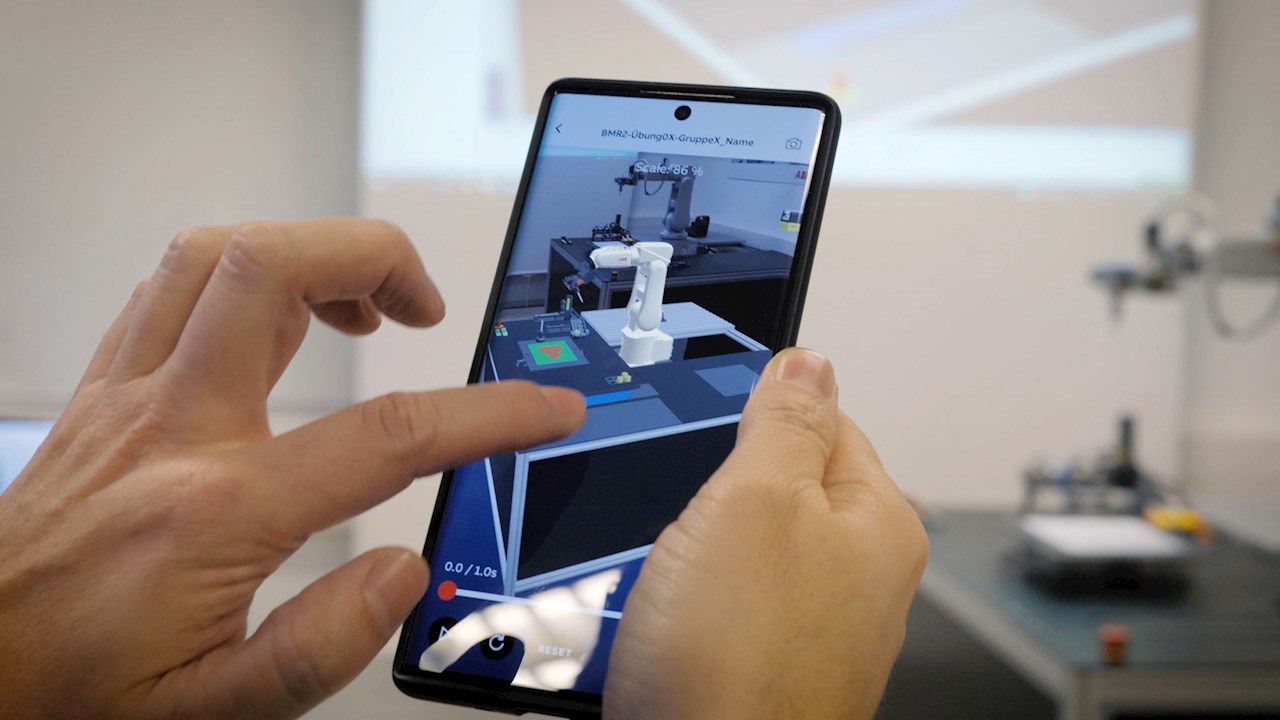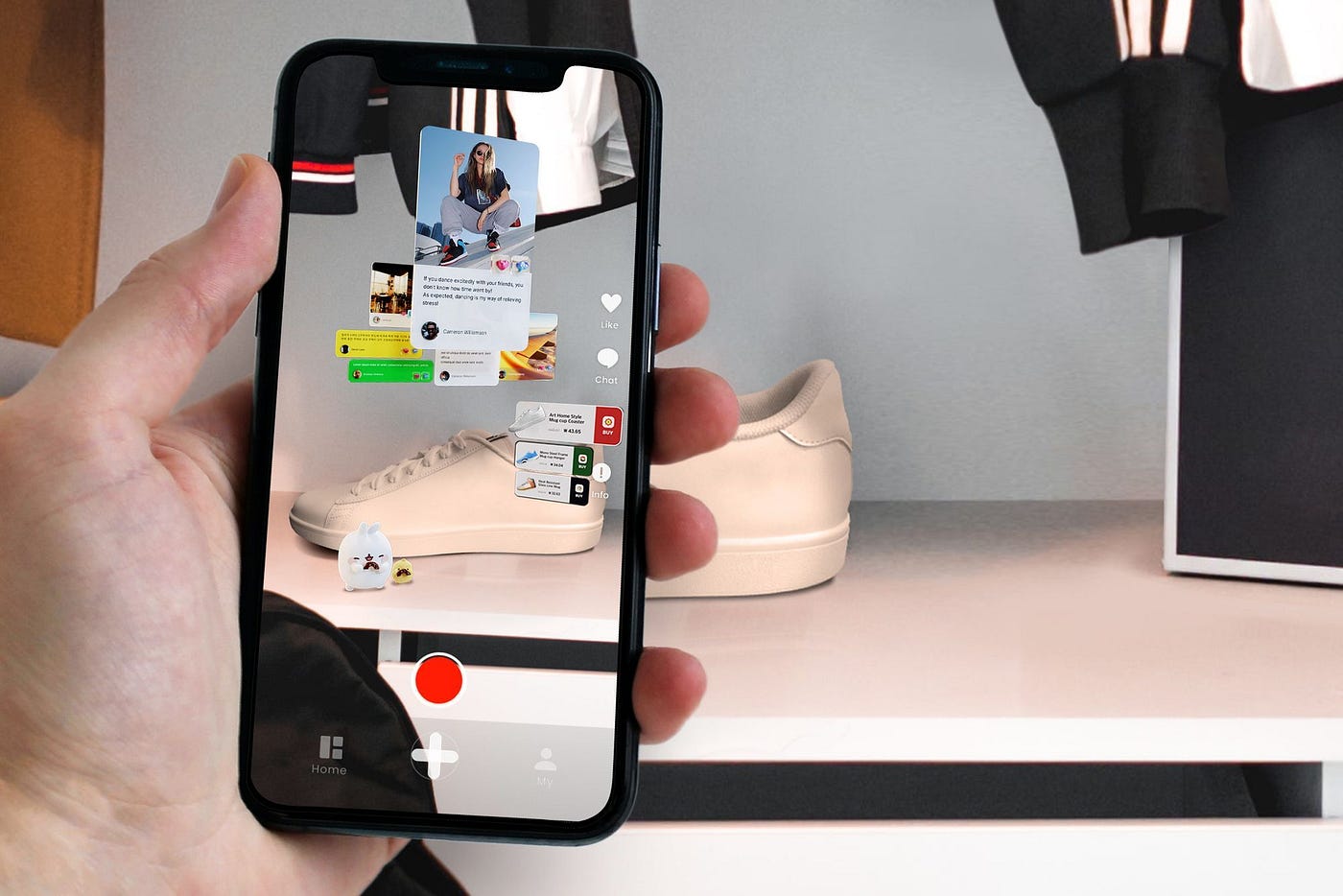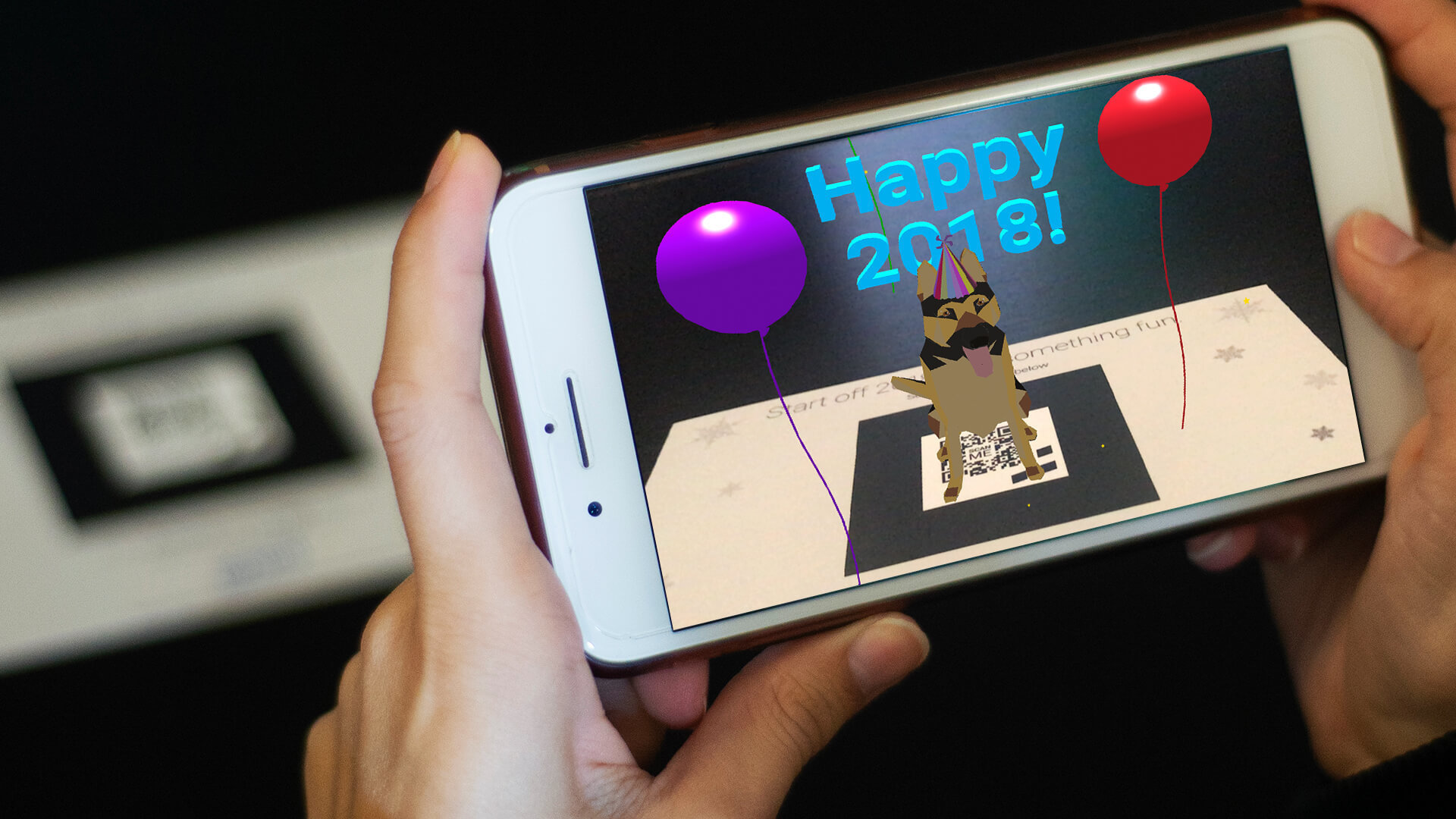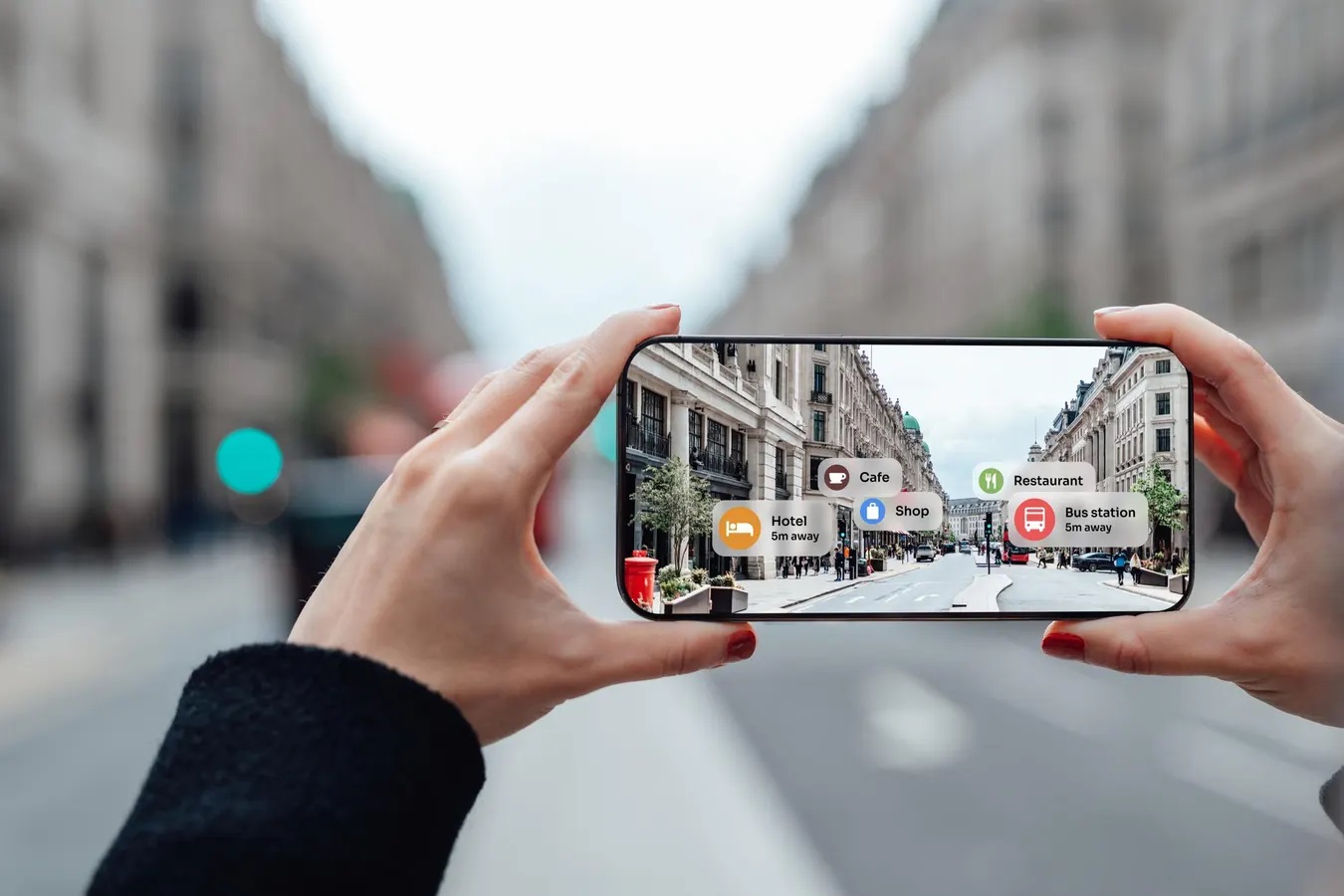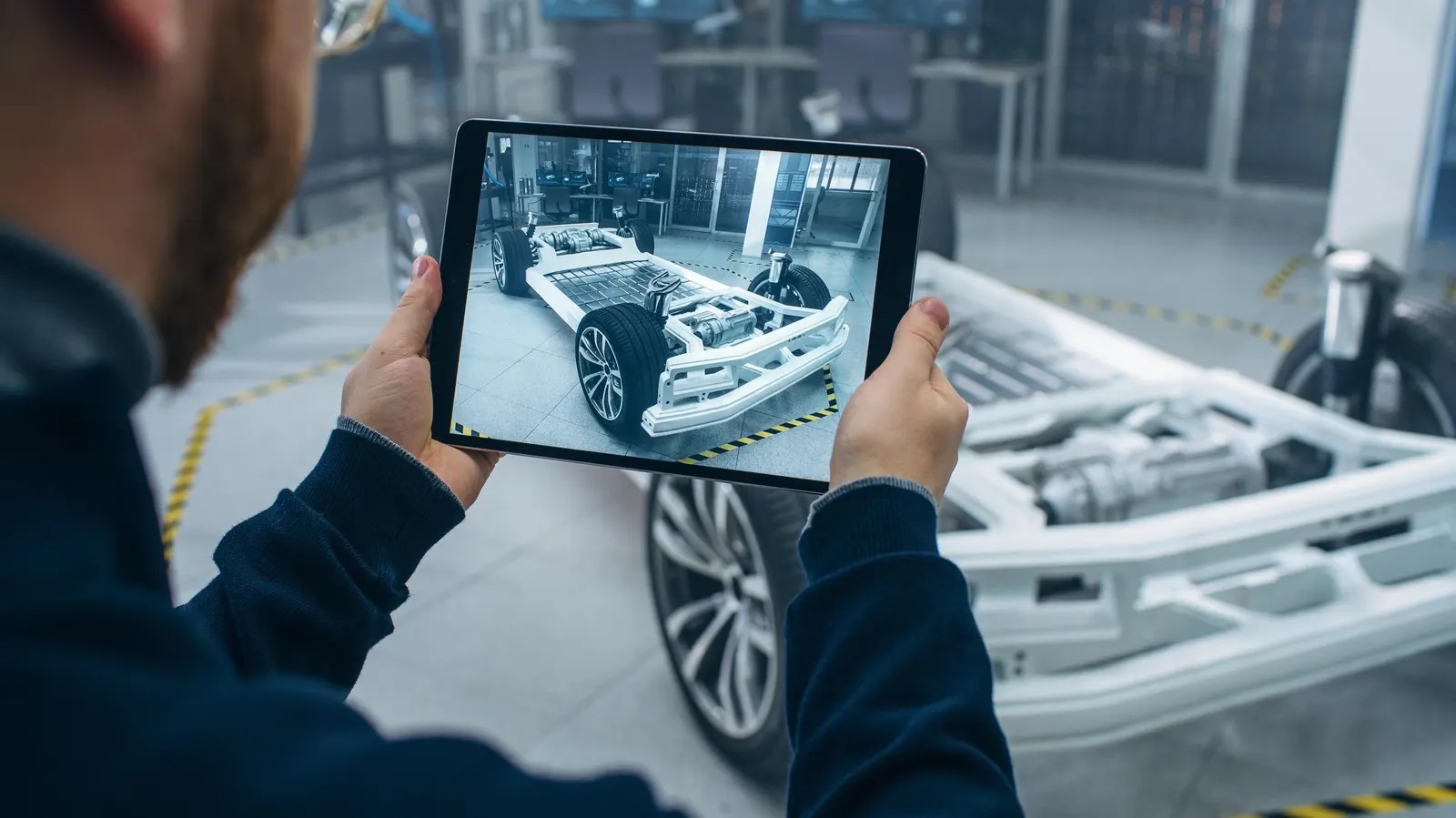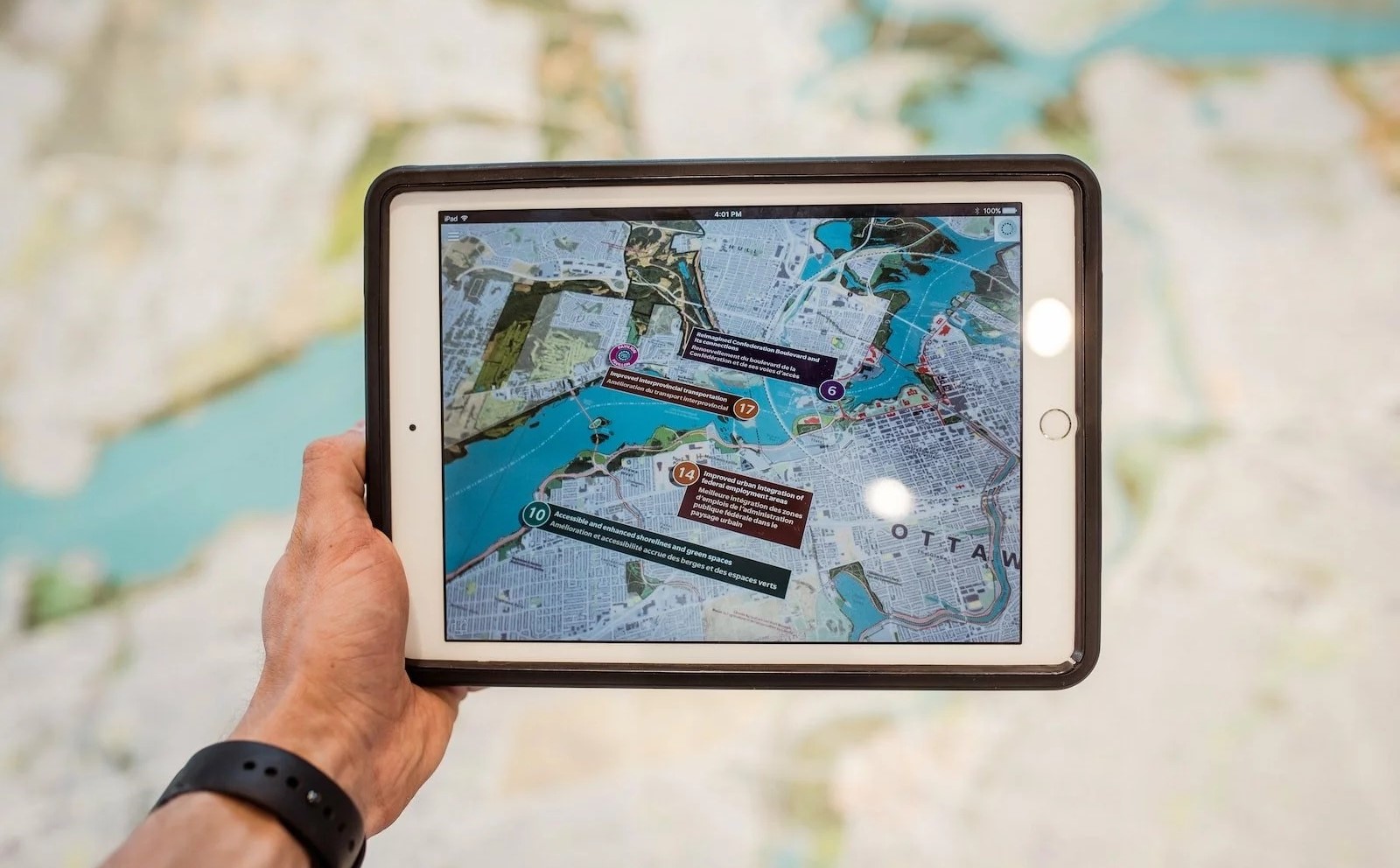Home>Latest News>Technology Trends>The Power of Augmented Reality in Marketing


Technology Trends
The Power of Augmented Reality in Marketing
Modified: September 5, 2024
Discover the latest technology trends in marketing with the power of augmented reality. Stay ahead of the curve and engage your audience in innovative ways.
(Many of the links in this article redirect to a specific reviewed product. Your purchase of these products through affiliate links helps to generate commission for Techsplurge.com, at no extra cost. Learn more)
Table of Contents
What is Augmented Reality?
Augmented Reality (AR) blends the real world with digital content. Users can see virtual objects or information overlaid onto real-world objects using mobile devices, smart glasses, or other AR-enabled devices. In marketing, AR creates immersive and engaging experiences that promote products or brands.
Read more: The Power of Augmented Reality Advertising
Definition and Applications
AR in marketing integrates digital elements with physical spaces. This technology can create interactive product demonstrations, virtual try-ons, 3D product models, and more. Companies using AR offer enhanced brand experiences, setting themselves apart from competitors.
- Fashion Industry: Virtual try-on experiences allow customers to see how products look on them before purchasing, improving the shopping experience and reducing returns.
Event Marketing
AR transforms event marketing by making events more interactive and engaging. At trade shows, AR provides interactive product demonstrations or virtual tours of products not physically present, enhancing the overall event experience.
Location-Based Experiences
AR creates location-based experiences by overlaying digital content onto specific locations. In tourism, users can point their smartphones at landmarks to see additional information, enhancing their experience and engagement with the location.
The Impact of AR on Customer Experience
AR revolutionizes customer interactions by providing unique and personalized experiences. Companies using AR create immersive and interactive experiences that capture consumer attention and drive engagement.
Personalization
AR offers personalized experiences tailored to individual customer preferences and behaviors. Retail stores can use AR for personalized shopping experiences, providing virtual product recommendations based on past purchases and browsing history.
Engagement
AR enhances customer engagement by making marketing campaigns interactive and immersive. Interactive product demonstrations and virtual try-ons increase the likelihood of customer interaction, driving sales and building stronger emotional connections with brands.
The Role of AR in Traditional Advertising
AR transforms traditional advertising mediums like billboards, posters, and print ads into interactive, personalized campaigns. Overlaying digital information onto physical spaces turns static advertisements into dynamic experiences.
Interactive Billboards
Billboards displaying static images can become interactive experiences using AR. Customers pointing their smartphones at billboards see additional information such as videos, animations, or interactive games, capturing attention and driving brand recall.
Read more: The Advantages of Augmented Reality
Print Ads
Print ads enhanced with AR allow customers to scan ads with smartphones to see additional content like videos, 3D models, or interactive demos. This approach enhances print advertising effectiveness and provides unique customer engagement opportunities.
The Future of AR in Marketing
AR in marketing is still emerging but holds potential for transforming brand-customer connections. As technology improves and consumer comfort with AR grows, its use in marketing will expand across various industries.
Data Collection and Analysis
AR provides valuable data and insights into customer behavior and preferences. Tracking customer interactions with AR experiences helps businesses understand their target audience better, informing future marketing campaigns and improving strategy effectiveness.
Integration with Other Technologies
AR can integrate with technologies like artificial intelligence (AI) and the Internet of Things (IoT) to create sophisticated marketing experiences. AI personalizes AR experiences based on customer data, while IoT tracks customer interactions with physical products, providing real-time feedback.
Read more: Augmented Reality Business Card
Case Studies and Examples
Several companies have successfully incorporated AR into their marketing strategies:
IKEA Place
IKEA's AR app, IKEA Place, allows customers to see how furniture looks in their homes before purchasing. This reduces returns due to incorrect sizing or color matching, enhancing the shopping experience.
Sephora Virtual Try-On
Sephora's Virtual Try-On app lets customers see how makeup products look on them before buying. This improves the shopping experience and reduces returns due to incorrect color matching or product suitability.
L'Oréal Makeup Genius
L'Oréal's Makeup Genius app allows customers to virtually try on makeup products using smartphones. This personalized, interactive experience enhances customer engagement and drives sales.
Read more: The Power of Augmented Reality Technology
Challenges and Limitations
While AR offers significant potential, several challenges and limitations need addressing.
Technical Issues
Technical issues like poor internet connectivity, device compatibility, and software glitches can hinder AR experiences, providing a poor user experience.
Cost
Implementing AR technology requires significant investment in software development, hardware, and content creation. This can be a barrier for small businesses or startups lacking necessary resources.
Consumer Adoption
Consumer adoption poses a challenge as AR requires comfort with using technology to enhance shopping experiences. This can be a barrier for older consumers or those not tech-savvy.

